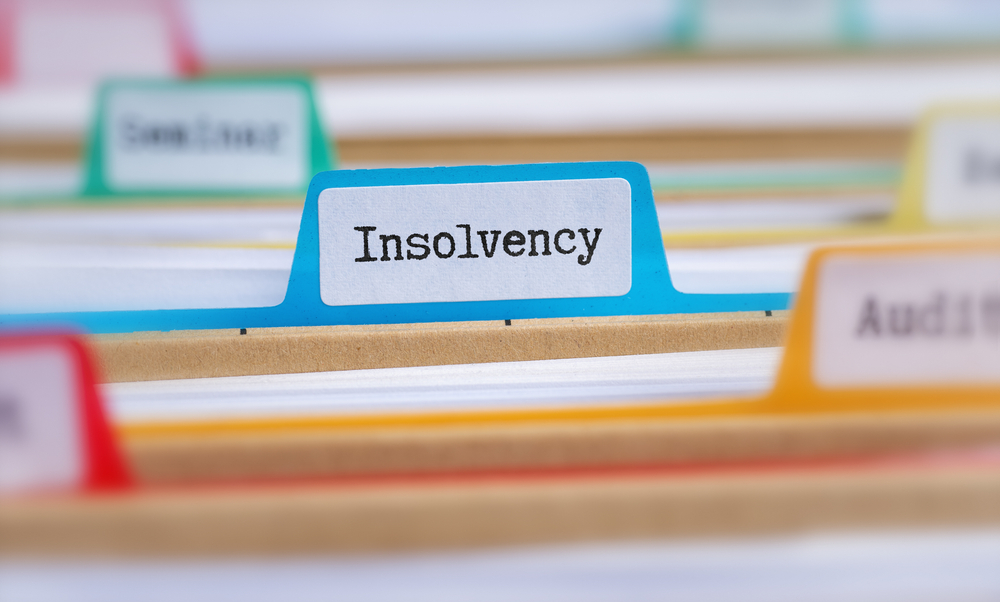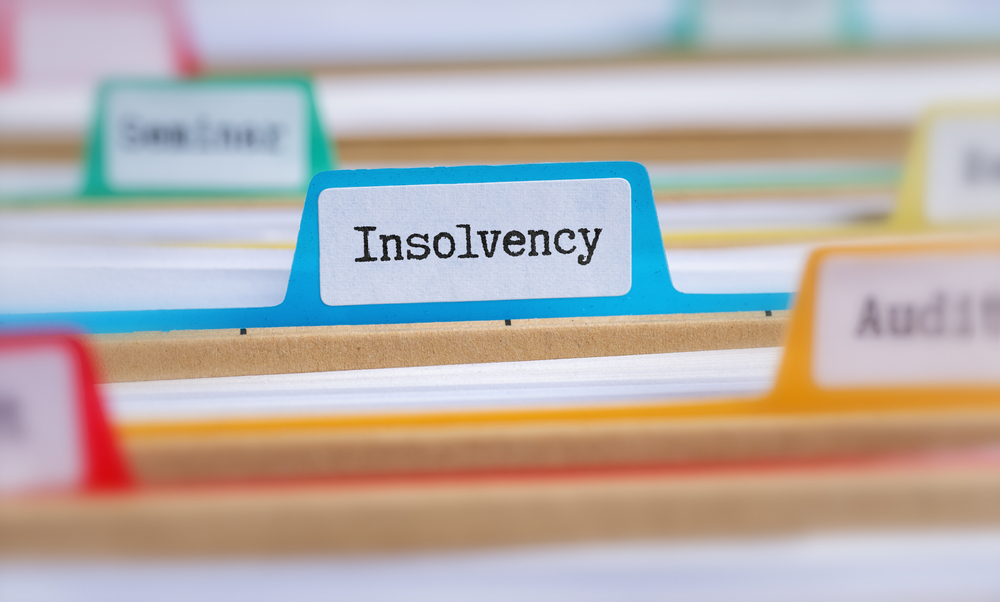
How to Save a Struggling Business?
No company director ever wants to find themselves in a position where their business is failing, but the important thing is to keep calm if you have arrived there, know your options, and take advice.
The earlier you act, the more options are available to you.

- Why Do Businesses Fail?
- What to do if your Business is Struggling?
- 1. Bring in an Outside Expert
- 2. Improve the Cashflow Cycle
- 3. Sell Business Assets
- 4. Consider Reducing Staff
- 5. Streamline the Business
- 6. Renegotiate Terms with Creditors
- 7. Explore Company Rescue Options
- Get Help with Your Struggling Business
- FAQs on Saving a Struggling Business
Why Do Businesses Fail?
According to statistics from the Office for National Statistics (ONS), approximately 20% of businesses in the UK fail within their first year of operation, and around 60% fail within their first three years.
Common reasons include insufficient capital to sustain operations and cover initial costs, and poor management, which encompasses a lack of experience, inadequate financial control, and failure to adapt to market changes.
What to do if your Business is Struggling?
1. Bring in an Outside Expert
For a small business owner heavily involved in the everyday running of a business, it can be difficult to view the company as a whole and assess exactly where things are going wrong.
If you’re reading this, you are clearly strategising for the future of your company. Part of that process could involve bringing in an outside expert to offer another perspective.
Putting your head in the sand and hoping things get better is a tactic that many directors of liquidated companies regret once it’s too late. So the first point is to gain perspective, accept your situation, and then take decisive action.
2. Improve the Cashflow Cycle
When you’re facing a cashflow crisis, you need to take steps that have immediate results.
Thankfully, there are short-term cash flow solutions available to almost all small and medium-sized businesses, such as invoice financing, merchant cash advances and alternative overdrafts, which could provide you with a route out of a sticky financial situation.
Whether or not you choose alternative finance, improving the cash-flow cycle is a primary goal for any struggling business. The minute your liabilities are greater than your assets, you have reached what is called ‘balance sheet insolvency.’ Of course, finance is an immediate way to boost cash flow.
3. Sell Business Assets
Some businesses get into trouble by investing too much capital in non-essential assets, such as buying stock they do not need or spending more than is necessary on equipment and machinery. Selling excess stock, even at less than cost price, could free up the finance you need to rebalance your cash flow and move the business in the right direction.
Selling or refinancing assets might seem like a drastic step, but at this stage, the reality is that without such positive action, your assets could well be liquidated anyway as part of a formal insolvency procedure.
At least taking this step yourself allows you to receive the maximum value for your assets and potentially save your business.
4. Consider Reducing Staff
For most business owners, selling non-essential assets is a darn sight easier than ending working relationships with employees, but in some cases, this might be the only option you have. Some small and medium-sized businesses are guilty of expanding too quickly and taking on new members of staff before there is enough work to warrant a full-time role.
When you’re really struggling, ending relationships with employees that aren’t absolutely essential to the performance of your company is something you should seriously consider.
5. Streamline the Business
A common fault of company directors’ is their failure to identify where the real strengths of the business lie. The temptation to diversify and take on more activities is strong, but this increases the costs of the business and often detracts from its core operation.
In times of trouble, it is essential the directors revert to their core operations to give the business the very best chance of success.
6. Renegotiate Terms with Creditors
Renegotiating terms with creditors can be crucial for stabilising a financially distressed business. This involves discussing possible adjustments to your debt terms to make them more manageable, such as extending payment periods, reducing interest rates, or deferring payments.
It’s important to approach these negotiations proactively. Start by preparing a clear financial statement to show your current financial status and realistic repayment capabilities. Propose feasible repayment plans and maintain open, regular communication to build trust with your creditors.
7. Explore Company Rescue Options
When a business is struggling, there are several rescue options to consider that can help avoid closure. Each option has its own implications and requirements, making it crucial to understand which is best suited to your situation:
- Company Voluntary Arrangement (CVA): This is a formal agreement between a company and its creditors to pay back debts over a specified period. The arrangement allows the business to continue operating while repaying creditors at a more manageable pace. CVAs require the approval of creditors holding at least 75% of the debt, offering flexibility, including potential reductions in payment amounts or deferment of debts.
- Administration: This process aims to rescue a company as a going concern, providing it with protection from creditors while a plan is devised to save the business or sell it. An administrator is appointed to run the company with the goal of maximising returns to creditors, either through restructuring or finding new owners. This process can help stabilise the business, protect jobs, and potentially lead to a more positive outcome than immediate liquidation.
Get Help with Your Struggling Business
If your business is facing difficulties, it’s crucial to take informed actions to navigate through these challenging times. At Company Debt, we specialise in assisting directors and businesses to understand their options and find the best path forward.
With years of experience, we’ve helped thousands of directors deal with complex financial issues, offering tailored advice and support. Whether you need to reassess your business strategy, explore restructuring options, or simply need a guiding hand through the process, we’re here to help.
Don’t wait until it’s too late. Use our live chat during working hours, or call us on 0800 074 6757 for immediate assistance.
FAQs on Saving a Struggling Business
What immediate steps should I take if my business starts to struggle?
Begin by assessing your financial situation to understand the severity of the issues. Review your cash flow statements, identify any immediate cost-cutting opportunities, and prioritise essential expenditures. Communicate openly with stakeholders, including employees, creditors, and investors, about the situation and your plans to address it.
Is refinancing a good option for all struggling businesses?
Refinancing can be a good option if your business has strong fundamentals and needs a temporary financial boost to overcome short-term challenges. However, it’s important to ensure that refinancing does not just add more debt but improves the terms or extends the repayment period to more manageable levels.
How can I improve cash flow in a short amount of time?
To improve cash flow quickly, focus on enhancing collection processes, selling off unused or underutilised assets, and possibly renegotiating terms with suppliers and creditors. Consider offering discounts for early payments from customers or switching to a cash-on-delivery model to boost immediate cash inflows.
What should I do if none of the traditional rescue options seem viable?
If traditional rescue options are not viable, it may be necessary to consider closing or liquidating the business. In such cases, it is crucial to seek advice from a professional, such as an insolvency practitioner, who can guide you through the process legally and ethically, minimising negative impacts on all involved parties.








